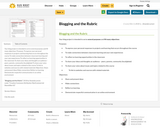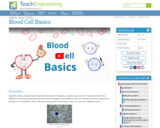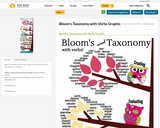Creating arrange, blend, deduce, devise, construct, create, design, present, rearrange, rewrite, synthesize, …
Creating
arrange, blend, deduce, devise, construct, create, design, present, rearrange, rewrite, synthesize, write
Evaluating
appraise, argue, award, critique, defend, interpret, judge, measure, select test, verify
Analyzing
Classify, compare, contrast, test, distinguish, determine, form, generalizations, categorize, illustrate, select, survey, transform
Applying
Choose, convert, determine, demonstrate, differentiate, discover, discuss, examine, experiment, prepare, produce, record, use
Understanding
classify, describe, demonstrate, discriminate, fill in, find, identify, outline, predict, represent, trace
Remembering
acquire, define, lable, list, match, read, recall, retrieve, recognize, state






